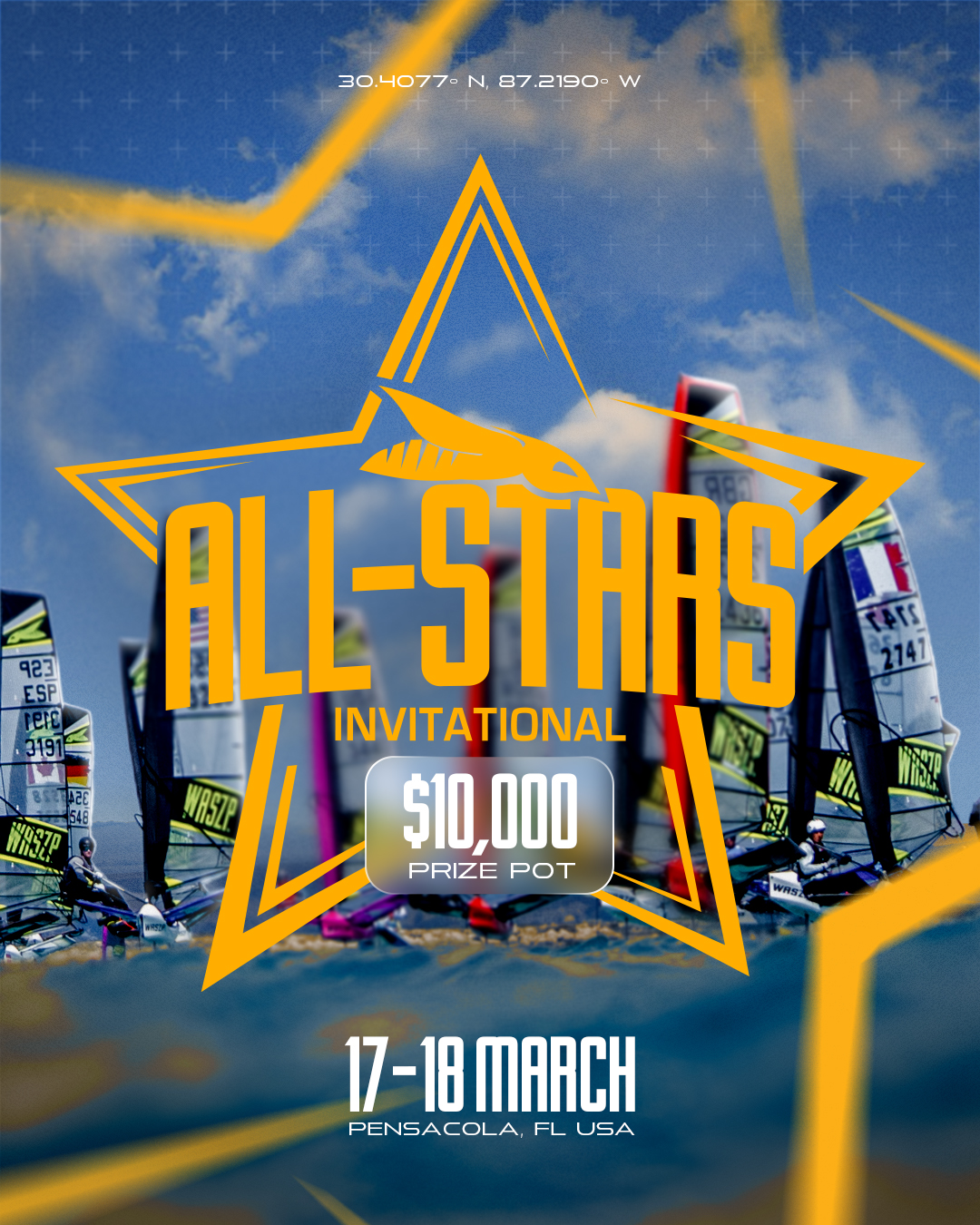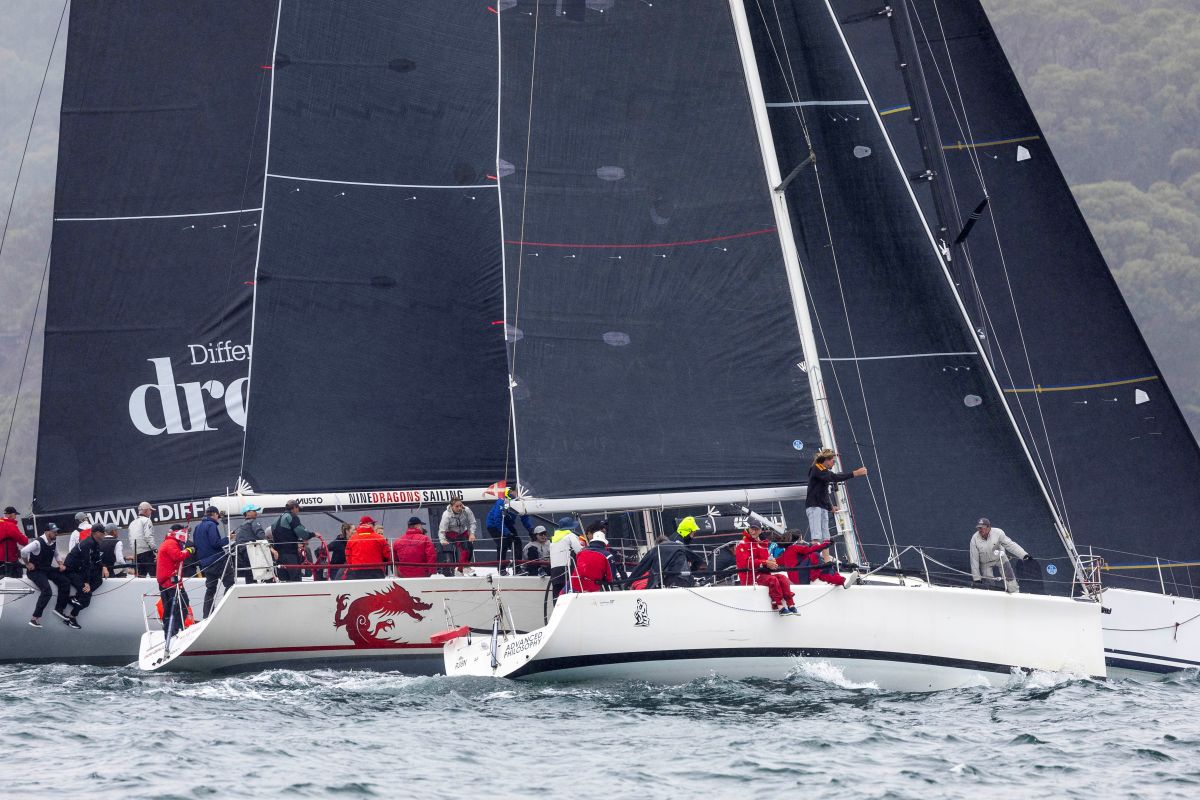In a bid to restore links with the beautiful Molluca archipelago, a flotilla of Darwin cruisers set off for the region, reports voyager Cathy Gillett.
Our voyage began in July 2006, when 18 boats sailed the 295nm to the Taninbar Islands, Indonesia, for the fourth Annual Sail Saumlaki Rally. This rally has been popular among local Darwin yachts and offers a close option for cruising in company in Indonesia. After five days of warm Taninbarese hospitality and entertainment, the yachts left Saumlaki Harbour for a few weeks of cruising, and most of these returned to Darwin by the end of August.
Our onward journey to Ambon was all downwind sailing taking us through the 4500m deep Banda Sea and past the towering volcanic islands of Nila, and Serua on to Ambon. After more festivities in Ambon, we returned to Darwin via Banda, Nila and Babar Islands.
Four Darwin cruising boats travelled to Ambon to commemorate the 30th anniversary of the Darwin to Ambon Yacht Race and to explore the cruising opportunities of the Mollucas region. The race was suspended after 1998 when sectarian violence threatened security in the area. Sailing vessels Imagination, Cruise Missile, Ocean Road, and Blood Sweat and Beers took up the invitation of the Ambonese local and government authorities to attend the anniversary, and as a show of faith for the recommencement of Darwin to Ambon Yacht Race later this year. On July 21, 2007, the Dinah Beach Yacht Club will host the race, and, as in previous events, there will be Monohull, Multihull and Cruising divisions. Many cruisers used the event in the past as an opportunity to process their travel documents to journey onwards through Indonesia and it also offers local and international participants the option of cruising in company through the magical Mollucas.
Taninbar Islands
The small town of Saumlaki is on the south-eastern aspect of the main island of Yamdena. It is the capital of the Taninbar group and its harbour has a great anchorage just beyond a coral shelf. This centre is not an official port of entry to Indonesia, but as part of the rally, Ambon officials were brought here to complete clearing in and out formalities. Access to shore was via the yacht-friendly Hotel Harupan Indah. The hotel has a large verandah/bar area stretching across the coral shelf and we merely tied our dinghies up to this and climbed the ladder to be received warmly by guides and hotel staff. The hotel staff were most helpful in organising everything from motorbike hire to the purchase of artefacts, and the food and drink is well priced and of good quality. The Taninbars are predominantly Christian, and this is reflected in a number of huge statues at Olilit, positioned on a high point overlooking the town and affording great views of the ocean and reefs. There are many gorgeous beaches and friendly villages to visit as day trips from Saumlaki via bus or motorbike, particularly Tumbur for wood carvings, and Sangliat Dol for the Megalith stone boat. Joyce Edmunds, a veteran local Darwin cruiser who has spent much time cruising the Taninbars, recommends a number of great anchorages south and west of Saumlaki including Pulau Nastabun, Cape Jasi, Wailutu and Wotap. When visiting villages, ensure to follow Indonesian custom and visit the headman (kepala desa) first. The snorkelling is beautiful and safe swimming in the ocean a welcome change from that of the potentially dangerous Darwin waters.
Ambon
On August, 4, 2006, we arrived at Amahusu Beach, the official finish line of the Race. The two united peninsulas that comprise the island of Ambon are mountainous and troand in many of the islands of this region, is deep with a rapid drop-off so we dropped the power of the anchor, with some boats dragging during our stay. A small stony beach
near the Hotel Tirta Kencana was a secure place to beach the dinghy with many children to help. The hotel has good accommodation and meals. It does laundry and exchanges money, of good quality uncreased notes only. Clearing formalities were painless, as the officials were keen to make our stay pleasant to encourage future yachting tourism. Over the next five days, our group of Australian yachties were treated royally by the Ambonese who were keen to demonstrate that security had returned to the island.
History
The harbour of Hitu on the north coast of Ambon Island was the main shelter during the early days of the European sregion, says that during the South West Monsoon, this harbour has provided a good anchorage and is used by many yachts cruising onwards after the race. He also recommends the anchorage near Hila, west of Hitu. Further up Ambon Harbour, near the city is Halong, which used to be the original finish line of the race. It is now the site of the Indonesian Naval Base, but yachts could potentially moor here with good holding.
Other interesting sights are the SiwaLima Museum, Doolan?s War Memorial and the Commonwealth War Cemetery, the resting place of Australia's Gull Force. Most of these soldiers were captured by the Japanese in 1942, with only 30 per cent surviving the war.
Australians are highly regarded by the Ambonese, and close links between Ambon and Australia still exist today because of this war experience. The exquisitely maintained trorenowned for the diving on its sea gardens.
The timber craftsmen of Ambon are highly skilled and, in past races, yachties would make use of these tradesmen to beautify their boats with exquisite timber work. The local markets were huge and full of clothing stalls, tailors, trofish. Good drinking water is cheap and readily available, but we also collected water from a local Amahusu store. There are many places to eat, but Halim?s Restoran in the city comes highly recommended. It is a traditional yachtie hang-out with great Indonesian food and drink, and displays memorabilia from the race's heyday.
Lease Islands
Although our small rally did not pass through these islands, they have a good cruising reputation. Dene Cook of SV Savannah, eight times Darwin to Ambon race participant, always cruised back to Darwin over a month. He says the easiest passage is to make as much 'easting' as possible, by travelling across the northern coast of Ambon and anchoring on the north aspects of the Lease group, namely Haruku, Saparua and Nusa Laut, then to Banda and the Kei islands. From the Kei?s, boats returning to Darwin can run home along the west coast of Yamdena and then south to round Cape Fourcroy on Bathurst Island.
Banda Islands
As all members of our group had intended to return to Darwin, on August, 9 we headed directly to Banda Neira. The Banda Sea, while in our favour on the downwind leg with westerly currents, was against us and very confused. This was quite challenging taking between 30-35 hours to cross the 120 miles to our destination. The Banda Islands, despite being so tiny on the charts, are full of European history related to the sEvidence of this is found all over the islands, but especially in Banda Neira, the capital, where the Belgica and Nassau Dutch Forts are found. Nutmeg plantations are still found here and visits can be arranged. Interestingly, Run Island was swapped for Manhattan Island by the British, so the Dutch could increase its mooring was the same as Amahusu, but in the middle of town. The harbourmaster
summoned the boat skippers to complete formalities and immediately requested large sums of money, but eventually this was bartered down with help from the ubiquitous agent. The welcoming Maulana Hotel is right on the water and encouraged us to use their dinghy dock, the hotel facilities and arranged our resupply of fuel and water. While walking over 16th century cannons in the streets, we explored the museum, historic buildings and the extraordinary forts. We spent a few nights on a swing mooring in front of Banda Besar before continuing with the journey home. The anchorage here was of good holding, despite a strong current.
Nila
This lovely isolated volcanic island boasts a beautiful south-easterly anchorage, but unfortunately we had a bit of swell in the prevailing easterlies at the time of our visit. This did not spoil the idyllic tropics.
Babar
A few of the boats pulled in at the capital, Tepa for repairs and fuel where the locals were friendly and keen to help. Babar is also a volcanic island, but the anchorage was reported to be of good holding. Bureaucracy can be a tiresome experience in most places.
Indonesian ports and Tepa did not disappoint. However, the officials were so happy that they had some foreign visitors to their island, that they did not impose any fees.
Kei and Aru islands
These islands are relatively unexplored by cruisers, but potentially offer great cruising. The people of the Kei Islands have a reputation of being excellent boat builders, and the Aru Islands are famous for their Birds of Paradise. Both these commodities were traded in Banda prior to the European?s arrival. The Kei?s are mostly mountainous and the Aru?s very flat, but both groups have shoaling surrounds which makes for better anchoring than some of the volcanic islands. Infrequently, katabatic winds can be experienced in the Kei?s, and John Dowell of SV Emma Ward reported gusts of up to 70 knots during his visit.
2007 Darwin to Ambon
Wayne Huxley, organiser of the Darwin to Ambon Race, plans for a spinnaker start to the 600nm event from Stokes Hill Wharf. The celebrations are expected to start about five days later to allow for all competing boats to arrive in Ambon. The Ambonese host of next year?s race, Hellen DeLima, has a great interest in the race, as her late husband, Sandy DeLima, sailed in the race for 14 years before his death in 1997. She plans to host another entertainment package for the 2007 race and has recruited the local tourism agencies to offer attractive packages for diving and travelling around Ambon and the other islands.
Prior to its suspension, the 600 nautical mile spinnaker run to the Indonesian capital of the famous As a regional effort, the local governments of Halmahera, Tidore, and Ternate are keen to have boats visit and are in discussion with the Ambon race organisers to offer further exposure to the area which has potentially extensive cruising grounds.
The restart of the Darwin to Ambon Race in 2007 will re-open the doors to cruising and racing yachts to explore this region. The Mollucas have suffered from poor tourism since the riots in 1999, and now that peace is restored, the regional tourism authorities are making a big effort to attract the boats back again. When work commitments prevail, and
time is on our side, we would have no hesitation to cruise this area again.
Sailor profile
Joyce Edmunds, a veteran local Darwin cruiser who has spent much time cruising the Taninbars, recommends a number of great anchorages south and west of Saumlaki, including Pulau Nastabun, Cape Jasi, Wailutu and Wotap. When visiting villages, ensure to follow Indonesian custom and visit the headman (kepala desa) first. The snorkelling is
beautiful and safe swimming in the ocean a welcome change from that of the potentially dangerous Darwin waters.
Recommended reading
Cruising Guide to the Taninbar Islands by Jan Carter
The Forgotten Islands of Indonesia by Nico de Jonge and Toos van Dijk
Ambon: Island of Mist by Courtney Harrison
Ambon: Island of SSLonely Planet: Indonesia
Indonesian Pilot
Cruising Guide to SE Asia Volume 2
Recommended trading/donation items for remote islands
Rope
Swimming goggles & flippers
Nail polish and lipstick
Medical supplies
Indonesian-English dictionaries/phrase books
T-shirts
Empty bottles for storage
Fishing hooks and line
Balls and children?s toys
Australian souvenirs
More Information on cruising the Mollucas
www.darwinambonrace.com.au
www.indonesia-tourism.com/maluku
www.utya.org.au/saumlaki






















